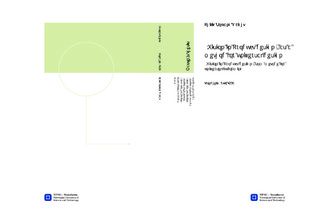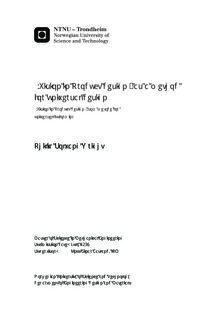| dc.description.abstract | The intention of this thesis is to identify and address the methodological challenges with Universal Design. Since Universal Design can be understood as both a design approach and a design philosophy, challenges in both understandings are examined. The increased visibility of the disabled, and the baby boom that followed the years after The Second World War created a need for products accommodating the different user abilities of people of all ages, and this was the aim of Universal Design. Universal Design aims to capture a wide as possible user base, but putting the disabilities in context is difficult, and basing a design on a users lack of abilities can be constraining the designer from reaching creative and appropriate solutions. Universally designed products are also closely related assistive technology, which may stigmatize its users and hinder people from using such products. To counter these challenges, Vision in Product Design (ViP) is proposed as an alternative way of achieving Universal design in mainstream products. As a context-based, and interaction-driven design approach, it may be easier to find the appropriate and relevant context factors making more suitable products for more people.Identifying the challenges of Universal Design has revealed that there are alternative ways of interpreting what universality means for mainstream products. There has also been raised questions whether user abilities is a good starting point when designing universal products. Identifying social exclusion as a wicked problem shows that there are no correct or incorrect ways of approaching it. However, including human universals and human motivational goals into the definition of universal design, could provide solutions that are more inclusive than it is today. | nb_NO |

